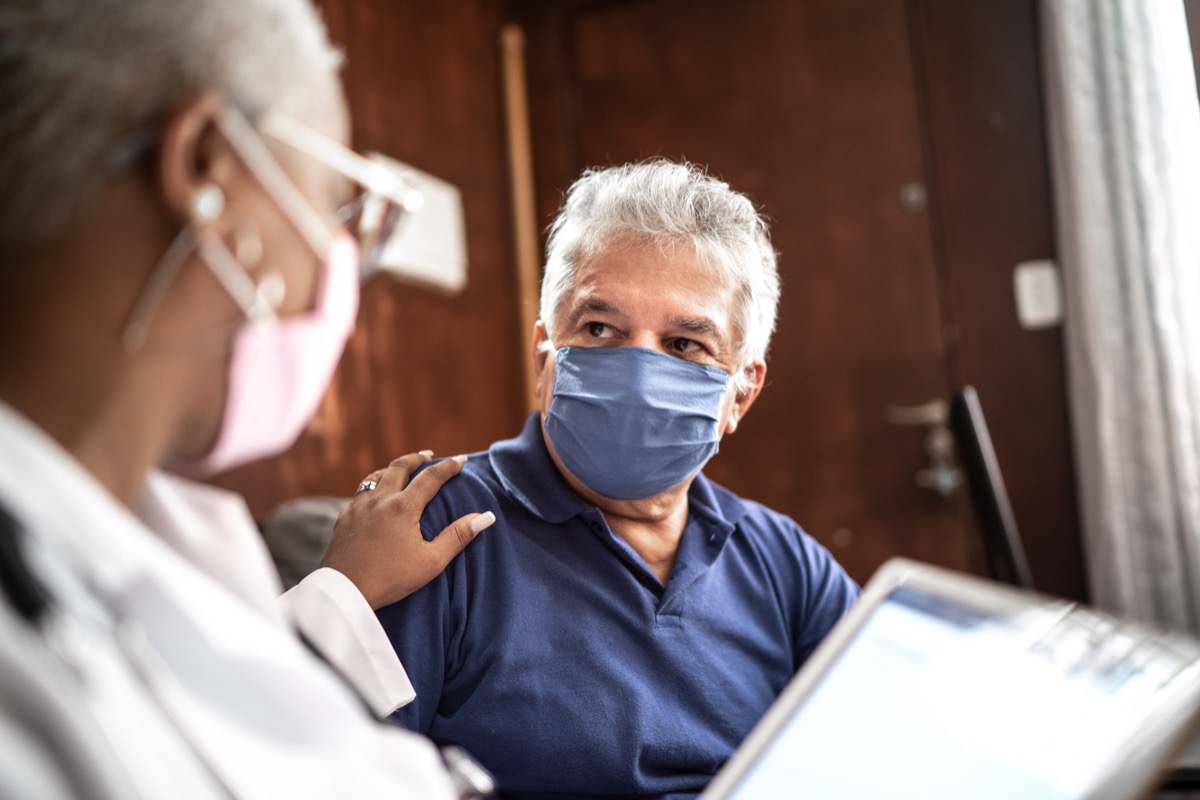The study, published in the PLOS One journal on Sept. 17 and conducted by the International Institute for Applied Systems Analysis (IIASA), shows that the coronavirus pandemic will likely result in reduced life expectancy for many regions if infection rates continue to grow. “Our study provides the first assessment of the potential impact of COVID-19 on period life expectancies according to a range of scenarios of prevalence rates over a one-year period,” Guillaume Marois, lead researcher for the study, said in a statement. Period life expectancy measures the number of years an average person is expected to live. Over the past century, life expectancy has increased significantly in many places across the globe, through things such as improved healthcare, socioeconomic conditions, and education. And certain countries have higher life expectancies than others—especially in developed countries like the United States, where the life expectancy is almost 80 years, according to the Centers for Disease Control and Prevention (CDC). However, the coronavirus could potentially undo some of that progress. Researchers found that even a coronavirus prevalence rate of 2 percent could cause a drop in life expectancy for countries where the average life expectancy is already high—but the impact rises with prevalence rates. “At 10 percent prevalence, the loss in life expectancy is likely to be above one year in high life-expectancy countries such as those in Europe and North America,” Marius said. “At 50 percent, it would translate into three to nine years of life lost in high life-expectancy regions. In less developed regions, the impact is smaller given that there is already lower survival at older ages.“ae0fcc31ae342fd3a1346ebb1f342fcb The difference in life expectancy could be staggering, depending on how widespread COVID ultimately becomes. For North America and Europe, if the coronavirus prevalence reached 70 percent, people could lose more than a decade in life expectancy at around 11 years. This would be similar to the 1918 flu pandemic in the U.S., which had life expectancy below 70 years, according to the study. RELATED: For more up-to-date information, sign up for our daily newsletter. Fortunately, this may not be a long-term change. Marois says that “even in the most affected regions, the life expectancy will likely recover once the pandemic is over.” But that doesn’t mean it won’t take some time. Sergei Scherbov, an IIASA researcher who also worked on the study, explained that it took Europe nearly 30 years to increase their life expectancy by just six years, from 72.8 years in 1990 to 78.6 years in 2019. And COVID-19 has the ability to set back the values to that number “observed some time ago” in 1990, which means it may take another 20 years to recover. “These ‘what-if’ scenarios can give policy-relevant information on what could potentially happen to life expectancy under different levels of prevalence, which vary with public health strategies to reduce and prevent the spread of COVID-19,” Raya Muttarak, co-author of the study, said in a statement. “We show that if the virus spreads widely in the population, for instance, in the absence of any lockdowns and social distance measures, this could result in a notable drop in period life expectancy.” And for more ways COVID is altering our lives, The Pandemic Has Made This Life-Changing Decision Much More Common.
